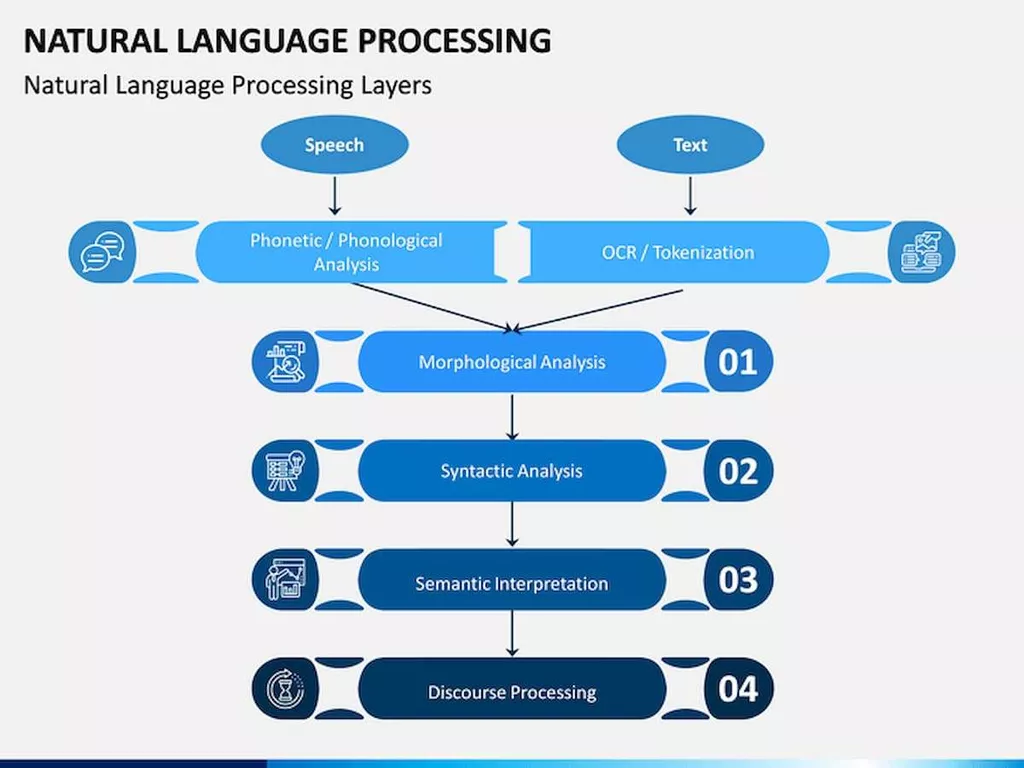In an ideal situation there will be enough disk space available that we can set max_wal_size to a very large number to almost completely eliminate requested checkpoints. On high throughput systems this number might be in the tens or hundreds of gigabytes range. This command displays a list of all existing configurations together with their settings. It’s also worth noting that certain configurations will only apply under specific circumstances, such as a database restart. Some configuration changes will require a server restart, while others will require a configuration reload. Their effectiveness varies, but it’s worth testing the difference between these tools’ output and your present database configuration.
- This blog post describes the tests the Performance and Engineering team at EDB conducted comparing the performance of the last 7 PostgreSQL major releases in the OLTP context.
- This way, the I/O operations are not overloading the CPU and causing issues.
- PostgreSQL queries can be sent down the wire to your database once the connection is established.
- Connections are how your applications communicate with your database.
- To gain a picture of how the system is operating, you can collect these actions and analyze them in a log management tool like Atatus.
Doesn’t provide information about what processes are responsible for the load, but produces short and easily read output in real time. These tools are for monitoring and analysis of traffic on a network interface. If you can’t figure out what’s keeping your network interface pegged, they might help you figure out what data is being transmitted/received. The real memory in use is actually (roughly) the value in “used” minus the value in “buffers”, since “buffers” includes the kernel’s disk cache. The kernel will use most of the free memory for disk cache, but will shrink that cache as required to fit other things into memory.
Using EXPLAIN (ANALYZE, BUFFERS)
Because of this, VACUUM FULL can’t be used in parallel to any other read or write operation on the table. Every operating system provides many configuration parameters to tune performance to better suit our use case. With a customized configuration, we can significantly improve the read and write performance of our PostgreSQL databases. Operating systems also provide capabilities that database software don’t usually ship with, and yet, they rely on such features for proper functioning.

Vik’s benchmark tests undoubtedly illustrate the impact that performance tuning can have on database server performance for a real-life OLTP workload. However, tuning EDB Postgres Advanced Server (EPAS) and PostgreSQL can be challenging. Performance tuning requires a significant amount of expertise and practice to achieve maximum performance. In a world without indexes, every request to the database would lead to a full scan of the entirety of the table to find the relevant results.
timed_statistics (EPAS)
If your system does a lot of complicated sorting, boosting sort memory can assist the database in optimizing its configuration for your setup. Instead of making expensive disk calls, PostgreSQL can cache more data in memory during sorting. Or, you can use the VACUUM FULL command to do more with the freed-up space. The Vacuum command itself will first delete the records from the table and keep the newly acquired free disk space with the table itself for future use, for when the table grows.
Commit_delay sets the amount of time for which a WAL flush has to wait before flushing the log to the disk. This way, more than one transaction can be flushed to the disk at once, improving the overall performance. But make sure it’s not too long, or else a significant number of transactions could be missed in case of a crash. Whenever we submit a query, the data is first brought into memory, and then any aggregation, grouping, sorting, etc. is applied on the data. So it’s important to make sure you have enough memory to hold your data.
Upgrading to the latest version of Postgres can result in 47.7% more transactions processed in the same amount of time, depending on how out-of-date the current implementation of the database is. This benchmark clearly highlights the benefits postgresql performance solutions of using the most recent PostgreSQL release, especially in the OLTP context. This benchmark uses a large database size, and was generated with a scale factor set to 2000. It produced around 300GB (twice the memory size) of data and indexes.

This is Part 1 our blog series discussing performance improvements across subsequent PostgreSQL versions. In this blog, we’ll discuss the specific growth areas across multiple PostgreSQL versions. You can read the second part, which look at the dynamic ways in which these improvements benefit businesses, and why it’s important to pay attention to new PostgreSQL releases, here.

Others have essentially static data that is frequently searched, sometimes frantically. If you are looking for such a solution, check out this comparison of the best PostgreSQL monitoring tools available right now. Logging_collector lets you catch all the log messages sent to the standard error logger and then redirects those to a log file. This way, we can be sure that all log messages are captured, even those that don’t appear in the syslog. It displays a plan as a tree, with each node representing a step that takes in a row set and produces another. PgBadger is a PostgreSQL log analyzer build for speed with fully detailed reports from your PostgreSQL log file.

The Optimized Reads tiered cache increases the DB instance caching capacity through seamless integration of local NVMe storage to the database buffer pool. By caching data locally on the NVMe storage, Optimized Reads delivers faster response time when compared to Aurora network storage. Overall, the Optimized Reads feature improves price-performance by reducing the need to overprovision instances just for memory to reduce query latency. It also provides more flexibility to expand your application’s working dataset beyond the memory of even the largest instance, letting you gain more and faster insights from your data.

